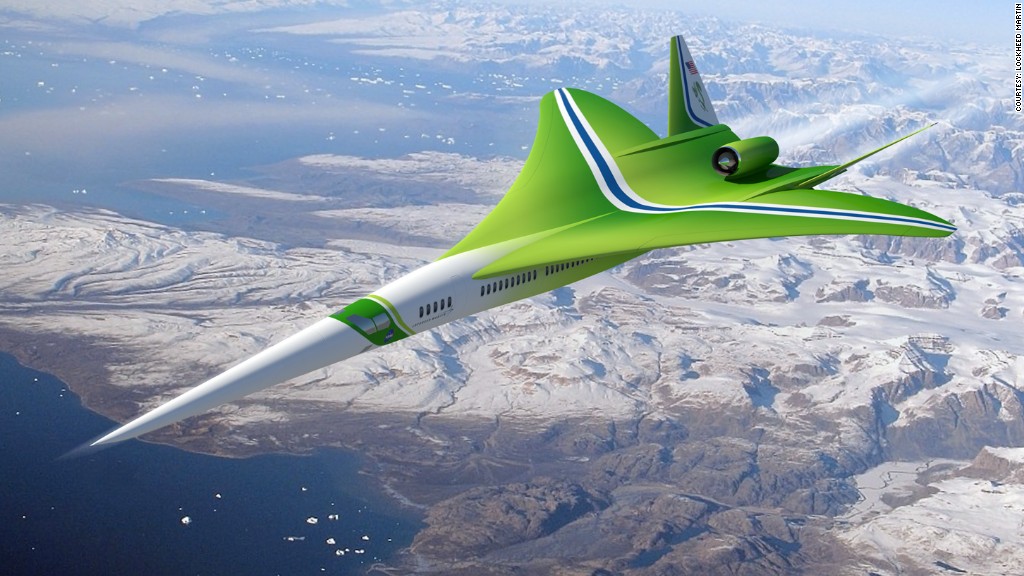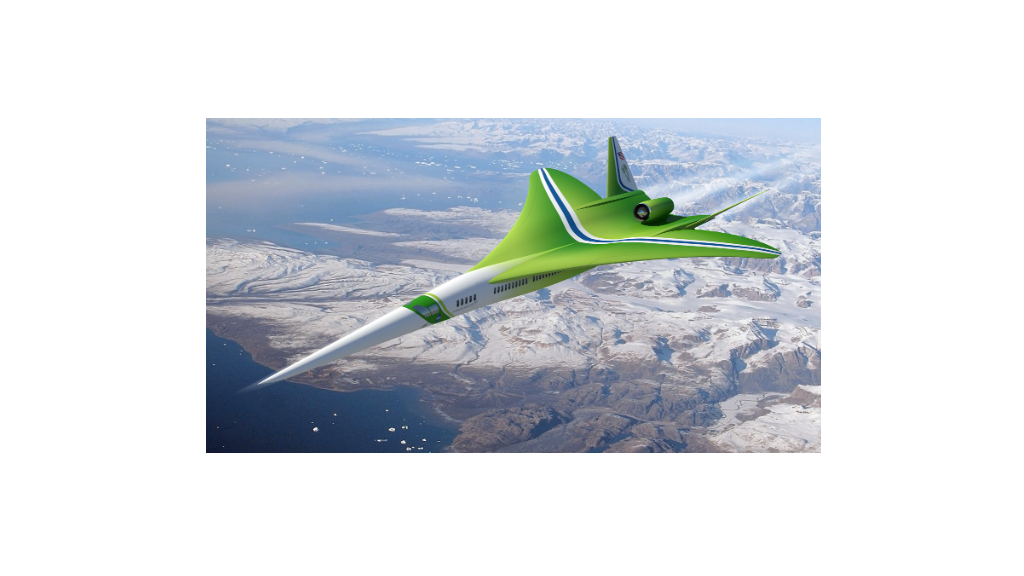
The super rich may soon be going supersonic.
Over a decade after the Concorde made its last transatlantic flight, a number of companies are working on the next generation of supersonic passenger aircraft capable of speeds at least twice as fast as current commercial planes.
These planes will likely first appear in the private and business jet market.
It's the "corporate jets and the very rich who would value the speed and pay a high price," said Andrew Goldberg, CEO of Metropolis Group, an investment firm with expertise in the aerospace sector.
At least two companies are currently working on such planes.
Reno, Nevada, based Aerion is developing a $110 million, 12-passenger business jet capable of hitting Mach 1.6 -- or over 1,200 miles per hour. That's roughly twice as fast as the $65 million Gulfstream G650, and would cut the travel time between New York and London from seven hours to just over four.
"There's a business case and a demand for this," said Jeff Miller, Aerion's head of marketing and communication. "People want to get places faster."

The company has deposits from dozens of customers and recently signed an agreement for technical assistance with Airbus -- the company that, in an earlier incarnation, built the Concorde. They hope to deliver the first plane in 2022.
Boston-based Spike Aerospace is working on a similar plane that would also carry business passengers at a speed of Mach 1.6. The company boasts on its website that flying on the plane "will make any other jet feel like flying on a prop plane."
These planes can succeed where the 1960s-era Concorde failed, said Miller, thanks to improvements in aerodynamics, engines and composite materials that will save fuel, and ultimately, money. They will also travel a bit slower than the Concorde to cut costs.
But so far, they can only plan routes that travel mostly over water.
Related: Floating train could whisk you from D.C. to N.Y. in an hour
The main obstacle to superfast air travel is the sonic boom -- the noise a plane makes when it goes supersonic. This boom is as loud as a thunder clap, and follows the plane the entire time it's exceeding the speed of sound. For this reason, supersonic flight has long been banned over most of the United States and many other countries.
Looking further afield, both Lockheed Martin (LMT) and Boeing (BA) are working with NASA to lower the sonic boom. NASA believes it's making good progress (largely through aircraft design), and by sometime after 2022, it may be acceptable to exceed the speed of sound over land. That would put many more routes in play, and opens the door to potential commercial supersonic service.
Lockheed has a plane on the drawing board -- the N+2 -- that also cruises at Mach 1.6 but is intended for the commercial airlines. It would cut the travel time from New York to Los Angeles from five hours to 2.5.

This type of aircraft would still probably cater to the rich -- offering first class service (and prices) on just a handful of select routes.
But eventually supersonic may reach the masses.
Metropolis' Goldberg thinks that in the next 20 to 25 years, technology could progress to the point where high capacity, high-flying planes could travel at Mach 2 or more (over 1,500 mph) -- flying from New York to Beijing in 3.5 hours for not much more than the cost of a regular flight.
The technology to go that fast certainly exists. Lockheed recently tested an unmanned aircraft -- the HTV-2 -- that hit Mach 20, or over 13,000 miles per hour. At that speed, the flight time between New York and Los Angeles would be 12 minutes.
The speed record for a human is held by the astronauts aboard Apollo 10, who, unencumbered by the drag of the atmosphere, hit 24,791 miles per hour on the return trip from the moon.
Kinda makes 1,200 miles per hour seem like a prop plane.

